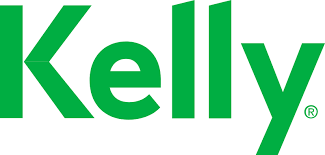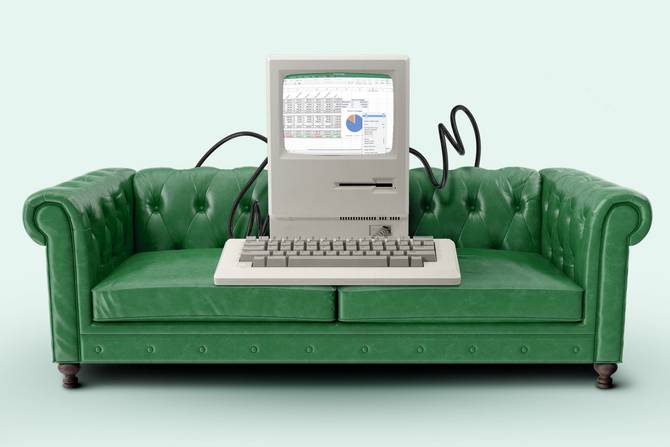Hannah Minn
Employers offering health benefits have recently seen an uptick in workers using mental health services. According to a Kaiser Family Foundation survey conducted between February and July 2022, 48% of large firms and 22% of small firms reported the percentage of workers receiving these services increased over the last year. Some firms also reported taking steps to expand the availability of mental health services by adding new providers for both virtual and in-person care.
But even as more employers are seeking to expand mental healthcare offerings, a shortage of providers in the US often complicates access to care. Finding a therapist who’s available and in-network can prove challenging, especially given many don’t take insurance.
“It’s definitely something we’ve heard about…not just internally from our own employees, but also externally,” said Keshar Sheridan, head of people at Grow Therapy, an online platform that helps independent therapists launch in-network practices. She added that the problem is likely much larger than HR leaders realize, as “there’s still so much of a taboo around asking for help, for therapy, [or] needing psychological support.”
While HR departments won’t be able to solve a longstanding shortage of mental health providers, there are steps they can take to address gaps in coverage.
Keep reading.—CV
|
|
During the pandemic, employers made progress toward meeting employee needs. But now they’re struggling to create resilient organizations. Kelly’s 2023 Global Re:work Report explores why some organizations are thriving—and why others are falling short.
Titled The Three Pillars of Workforce Resilience, the report digs into the disconnect between employers and employees and how it’s starting to affect retention. Employers think employees move on for better compensation, but they’re actually looking for better work–life balance and career opportunities.
So what are thriving businesses doing differently? They’re focusing on employee needs and adjusting accordingly. Organizations that are more resilient prioritize:
- workforce agility
- diversity, equity, and inclusion (DE&I)
- workforce capability
Want the full scoop? Get Kelly’s 2023 Global Re:work Report here.
|
|
Getty Images
In recent weeks new reports on artificial intelligence have surfaced that seem to spell doom and gloom for the global workforce, at least at first glance.
Organizations expect employment to decline by 14 million jobs, “or 2% of current employment,” over the next five years, according to a World Economic Forum survey, due in part to technological advancements like AI.
Shortly after the WEF released its forecast, IBM CEO Arvind Krishna told Bloomberg the company will pause hiring for roles that could be replaced by AI and automation in the coming years. He estimated that 30% of the current workforce could be replaced by these technologies, representing around 7,800 jobs, and pointed to HR departments specifically as a likely target for automation.
The WEF report isn’t totally grim—it predicts, for example, that technologies including AI will have a net-positive effect on job growth in the future, and notes HR and talent acquisition roles are among the fastest-growing on LinkedIn, second only to sales growth and customer engagement.
Still, the WEF forecast, coupled with IBM’s bullish approach to AI, suggests HR departments are in for a rocky few years as they seek to prepare their employees—and themselves—for a future with these new technologies.
Keep reading.—CV
|
|
Alyssa Nassner/Morning Brew
Here at HR Brew, we’re interested in learning more about how people work, and how the way they work is changing. With that in mind, we’re asking professionals to tell us about their desk setups.
What are you proud of in your workspace? Do you keep momentos with you while you work? What’s your emotional support animal/plant/action figure? If you want to show us your desk, you can submit your story here!
Everything about Jeetu Patel’s Bay Area home office screams “product manager.” With three monitors, a Zoom-friendly backdrop, and just the right amount of diffused essential oils, Cisco’s head of security and collaboration takes the same attitude to his office space that he does for a product launch.
Patel manages teams that make products that help companies adapt to hybrid or remote work, like the video-conferencing platform Webex. In a call with HR Brew demonstrating the software’s ability to eliminate background noise, Patel shared that he keeps a massage gun at his desk. This prompted us to ask more.
Take me to the desk.—AK
|
|
Today’s top HR reads.
Stat: The most active users on Microsoft 365 applications spend the equivalent of about two full working days a week on either meetings or email. (Microsoft)
Quote: “I would say that the experiment on that is over, and the technology is not yet good enough that people can be full remote forever, particularly on startups.”—OpenAI CEO Sam Altman on remote work (SFGate)
Read: Meta and Microsoft have invested in compliance training videos with the production value of prestige television. (the Wall Street Journal)
Time to thrive: Kelly’s 2023 Global Re:work Report found that employers are failing employees at every turn, creating an unhappy workforce. Learn to create a thriving, resilient organization in the full report.*
*This is sponsored advertising content.
|
|
-
Bankers at regional firms are likely to see their bonuses drop by up to 20% this year.
-
CNBC journalist Hadley Gamble, who filed a sexual harassment and sex discrimination complaint against former CEO Jeff Shell, is leaving the network.
-
A former Tesla contract worker who was awarded $3.2 million in a racial harassment case against the company—98% less than the original verdict—is seeking a new trial.
-
Congressman George Santos unlawfully applied for unemployment benefits during the Covid-19 pandemic, an indictment alleges.
|
|
Catch up on the top HR Brew stories from the recent past:
|
|
|







